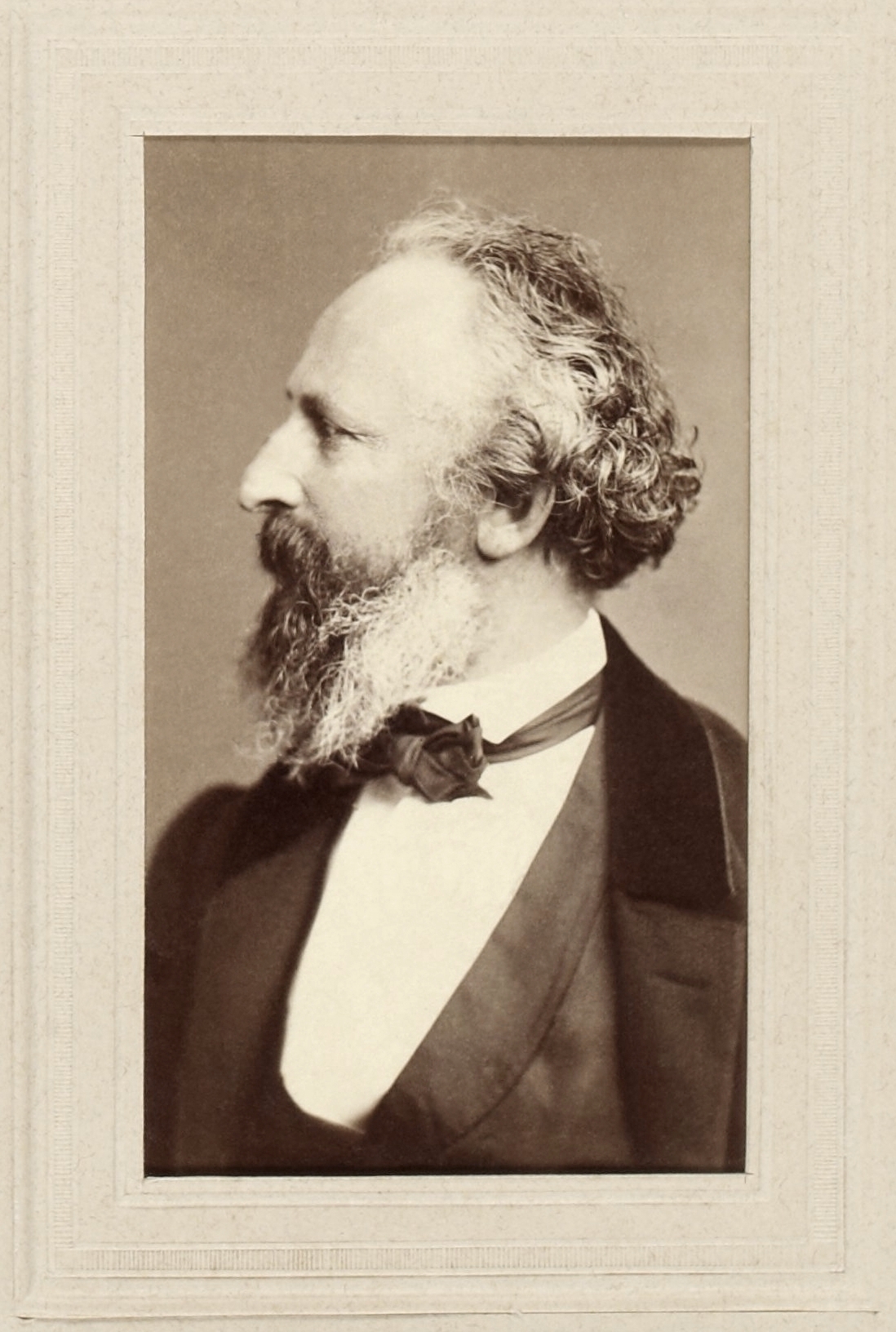|
Carl Steffeck
Carl Constantin Heinrich Steffeck (4 April 1818, Berlin – 11 July 1890, Königsberg) was a German painter and graphic artist. He was especially well known for his paintings of horses and dogs. Life He was the son of a "gentleman of independent means" who was interested in art. While he was still in the Gymnasium he sat in on classes at the Prussian Academy of Arts. In 1837, he entered the master class of horse painter Franz Krüger and later worked in the studios of Carl Joseph Begas. He went to Paris in 1839, where he spent two months studying with Paul Delaroche and was influenced by the work of Horace Vernet. From 1840 to 1842, he lived in Italy. When he returned, he devoted himself primarily to paintings of hunters and animals. Over time, he concentrated more on horses; at rest, exercising, engaging in sports etc., but he continued to paint portraits of all sizes as well as historical paintings, lithographs, etchings, and even some small bronze animal sculptures. His st ... [...More Info...] [...Related Items...] OR: [Wikipedia] [Google] [Baidu] |
Carl Steffeck Milster BNF Gallica
Carl may refer to: * Carl, Georgia, city in USA * Carl, West Virginia, an unincorporated community *Carl (name), includes info about the name, variations of the name, and a list of people with the name * Carl², a TV series * "Carl", an episode of television series ''Aqua Teen Hunger Force'' * An informal nickname for a student or alum of Carleton College CARL may refer to: * Canadian Association of Research Libraries * Colorado Alliance of Research Libraries See also *Carle (other) *Charles *Carle, a surname * Karl (other) *Karle (other) Karle may refer to: Places * Karle (Svitavy District), a municipality and village in the Czech Republic * Karli, India, a town in Maharashtra, India ** Karla Caves, a complex of Buddhist cave shrines * Karle, Belgaum, a settlement in Belgaum d ... {{disambig ja:カール zh:卡尔 ... [...More Info...] [...Related Items...] OR: [Wikipedia] [Google] [Baidu] |
Kunstakademie Königsberg
The Kunstakademie at its original Königstraße location The Kunstakademie at its original Königstraße location The Kunstakademie Königsberg was a visual arts school in Königsberg, Germany. It focused on genre works, landscape art, and marine art, especially of East Prussia, as well as sculpture and architecture. It regularly consisted of 8 teachers and 40–50 students.Albinus, p. 188 History The Kunst- und Zeichenschule (art and drawing school), or Kunstschule (art school), was founded at Königsberg Castle in 1790. In 1833 the Governor of Prussia, Theodor von Schön, desired to open a public hall to exhibit works for the city's municipal art gallery, university, and art school.Bötticher, p. 145 On 10 March 1838 King Frederick William III of Prussia granted the Kleiner Jägerhof palace on Königstraße in eastern Königsberg for this purpose. The Kleiner Jägerhof was dismantled and a new structure was built from 1838 to 1841 in the classical style.Gause II, p. 479 Sch� ... [...More Info...] [...Related Items...] OR: [Wikipedia] [Google] [Baidu] |
19th-century German Painters
The 19th (nineteenth) century began on 1 January 1801 ( MDCCCI), and ended on 31 December 1900 ( MCM). The 19th century was the ninth century of the 2nd millennium. The 19th century was characterized by vast social upheaval. Slavery was abolished in much of Europe and the Americas. The First Industrial Revolution, though it began in the late 18th century, expanding beyond its British homeland for the first time during this century, particularly remaking the economies and societies of the Low Countries, the Rhineland, Northern Italy, and the Northeastern United States. A few decades later, the Second Industrial Revolution led to ever more massive urbanization and much higher levels of productivity, profit, and prosperity, a pattern that continued into the 20th century. The Islamic gunpowder empires fell into decline and European imperialism brought much of South Asia, Southeast Asia, and almost all of Africa under colonial rule. It was also marked by the collapse of the large S ... [...More Info...] [...Related Items...] OR: [Wikipedia] [Google] [Baidu] |
Prussian Academy Of Arts Alumni
Prussia, , Old Prussian: ''Prūsa'' or ''Prūsija'' was a German state on the southeast coast of the Baltic Sea. It formed the German Empire under Prussian rule when it united the German states in 1871. It was ''de facto'' dissolved by an emergency decree transferring powers of the Prussian government to German Chancellor Franz von Papen in 1932 and ''de jure'' by an Allied decree in 1947. For centuries, the House of Hohenzollern ruled Prussia, expanding its size with the Prussian Army. Prussia, with its capital at Königsberg and then, when it became the Kingdom of Prussia in 1701, Berlin, decisively shaped the history of Germany. In 1871, Prussian Minister-President Otto von Bismarck united most German principalities into the German Empire under his leadership, although this was considered to be a "Lesser Germany" because Austria and Switzerland were not included. In November 1918, the monarchies were abolished and the nobility lost its political power during the German ... [...More Info...] [...Related Items...] OR: [Wikipedia] [Google] [Baidu] |

